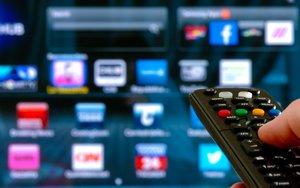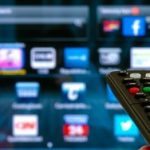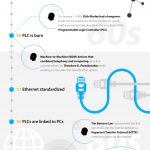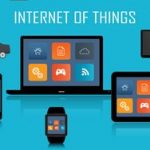65% Of Connected Device Owners Open To IoT Advertising
by Chuck Martin, Staff Writer, December 15, 2016

Brands and marketers may want to take a tip as to why people own smart or Internet-connected devices.
The operative word here is useful.
While the majority of U.S. consumers own at least one connected device, the top characteristic of the most popular devices is that they are useful above all else, based on a new study.
While most 97% consumers are aware of connected devices and 62% of consumers own at least one, the reasons for ownership vary.
The study comprised a survey of 1,200 adults representative of the U.S. population conducted by Maru VCR&C for the Interactive Advertising Bureau.
The most popular connected device in the home, of course, is the connected or smart TV with smart glasses at the tail end. Here are the connected devices owned by consumers:
- 47% — Connected/smart TV
- 24% — Wearable health tracker
- 17% — Internet-enabled home control devices
- 16% — Connected car
- 13% — Smart watch
- 11% — Internet-enabled voice command systems
- 11% — Internet-enabled appliances
- 10% — VR headsets
- 7% — Smart glasses
Without the smart TV, the connected things market would not look so robust.
Most significantly the key driver of popular devices is usefulness. In the top four most popular connected devices, that characteristic is number one, ahead of convenient, innovative, luxury item or cool. Here are the top attributes of the top products owned, according to ownership level:
- 47% — Useful: Connected/Smart TV
- 24% — Useful: Wearable health tracker
- 17% — Useful: Internet-enabled home control devices
- 16% — Useful: Connected car
- 13% — Luxury item: Smart watch
- 11% — Luxury item: Internet-enabled appliances
- 11% — Innovative: Internet-enabled voice command system
- 10% — Fun: VR headsets
- 7% — Unnecessary: Smart glasses
For brands and marketers, the Internet of Things is going to lead to new ways of advertising and many consumers seem OK with that.
For example, of those who own any IoT device, the majority (65%) are receptive to IoT advertising. The receptivity to advertising differs based on which device. By device, here are the percentage of consumers receptive to IoT advertising:
- 95% — Smart glasses
- 89% — VR headsets
- 89% — Internet-enabled appliances
- 87% — Connected car
- 86% — Smart watch
- 84% — Internet-enabled voice command
- 78% — Internet-enabled home control
- 72% — Wearable health tracker
As might be expected, nearly all connected home devices are currently connected to the Internet. This is true for Internet-enabled voice command systems (88%), home control devices (80%) and Internet-enabled appliances (69%).
Despite all of the new home connectivity, the smartphone remains the hub, at least for the short term. Almost all devices connect with smartphones, computers or tablets at least once a day.
More than half (55%) of consumers are willing to receive ads on their devices in exchange for coupons or discounts, which is consistent with other studies. Of current connected device owners, 65% are open to such ads.
Interest in getting a connected device by those who don’t already have one is pretty high (65%). The top connected device of those most interested in getting one is the connected or smart TV.
Television is not being replaced by the Internet of Things. It is becoming part of it.
MediaPost.com: Search Marketing Daily
(25)











